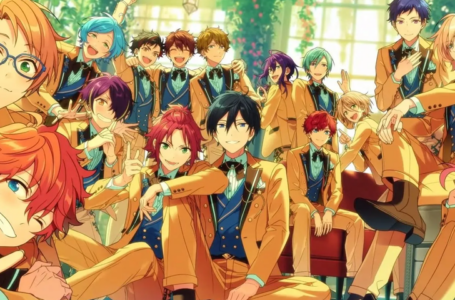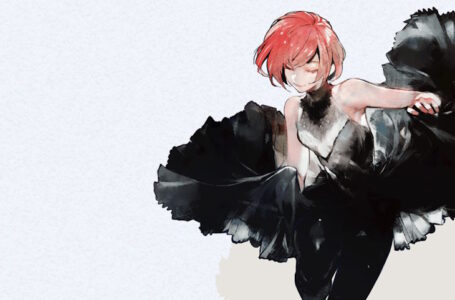Early thoughts on Radiant Tale – a dream come true
It’s been a slow year for me personally when it comes to tackling the gaming backlog due to the sheer quantity of newly localised otome games coming over to the west that have dropped from within 2023 alone. It’s a lot to juggle replaying the slog that is Jack Jeanne’s lengthy common route on top of forcing myself to push through much of Charade Maniacs and barely finding enough time to commit to finally going back to outstanding otome titles from last year. Sorry Piofiore Episodio 1926.
But Radiant Tale happens to the surprise hit for me as of now in regards to 2023 otome releases. I’ve been enjoying its cosy and light-hearted vibe so much that I am taking my time with playing it to savour each and every moment. So for now here are some thoughts of the product in question since I’ve finally reached my first character route at the time of writing this.
As a fan of Karvenal
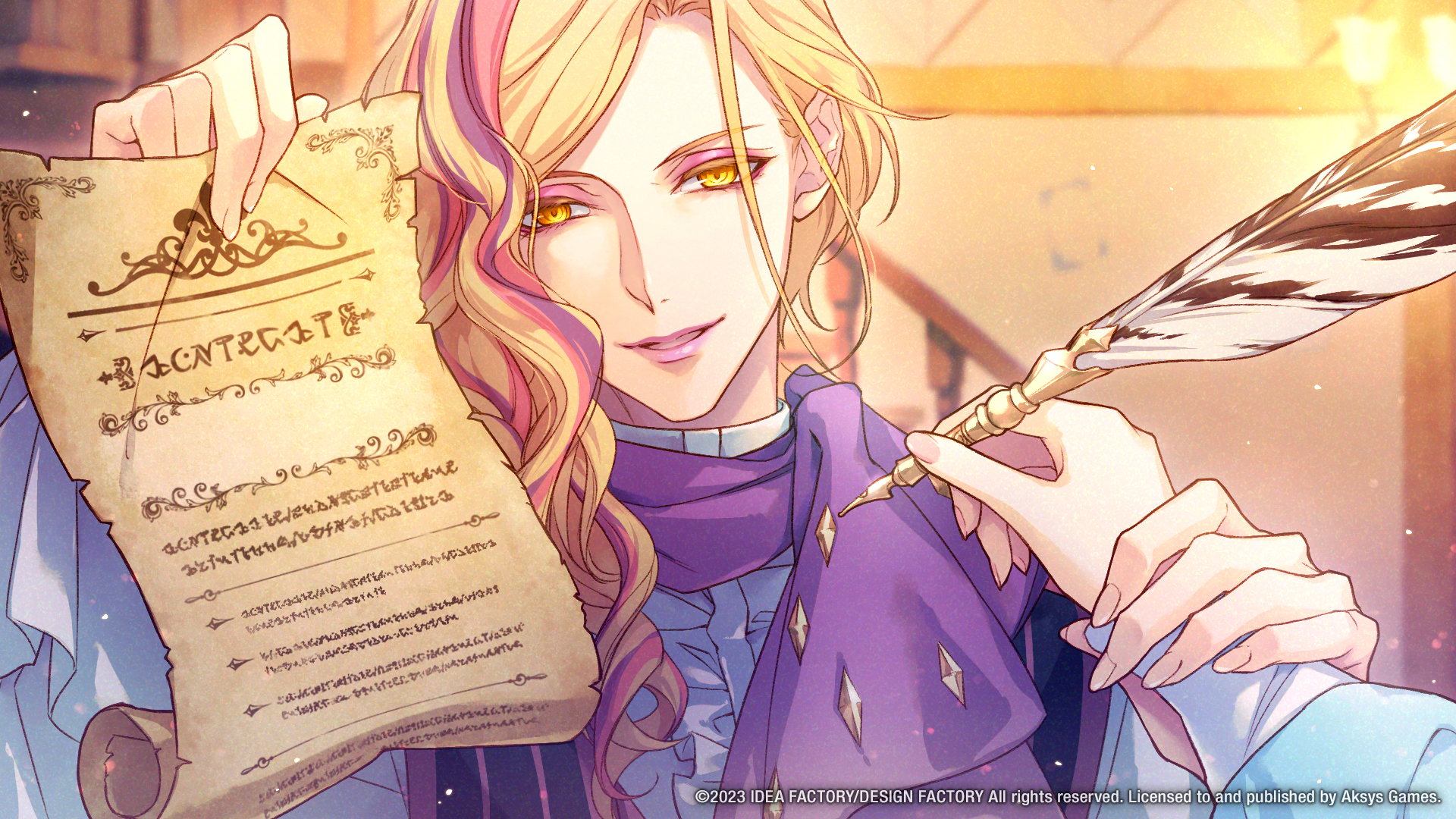
It goes without saying that if you’re interested in any bit of what makes Radiant Tale its own thing then you need to give it a shot. That’s regardless of what I have to say about it. This is coming from a person who is a massive fan of the manga series Karneval, with Radiant Tale being the closest interactive piece of media to be similar enough to it. It’s the only real reason I had to pre-order Radiant Tale other than it being a requirement to obtain no matter what as an otome collector.
You obviously have the most glaring similarity being their respective themes and motif; both are circus based, after all. There’s also a solid amount of focus and importance placed on the growing bonds of its main crew. The found family theme have been well and truly established and appreciated as early as the common route in Radiant Tale.
There’s also the elephant in the room for both respective works – for all the pretty visuals, colourful designs and jolly, eccentric characters there is a constantly present, dark underbelly. We’ll start focusing on solely Radiant Tale now since I simply had to mention why I was immediately sold on Radiant Tale ever since its initial localisation announcement to begin with.
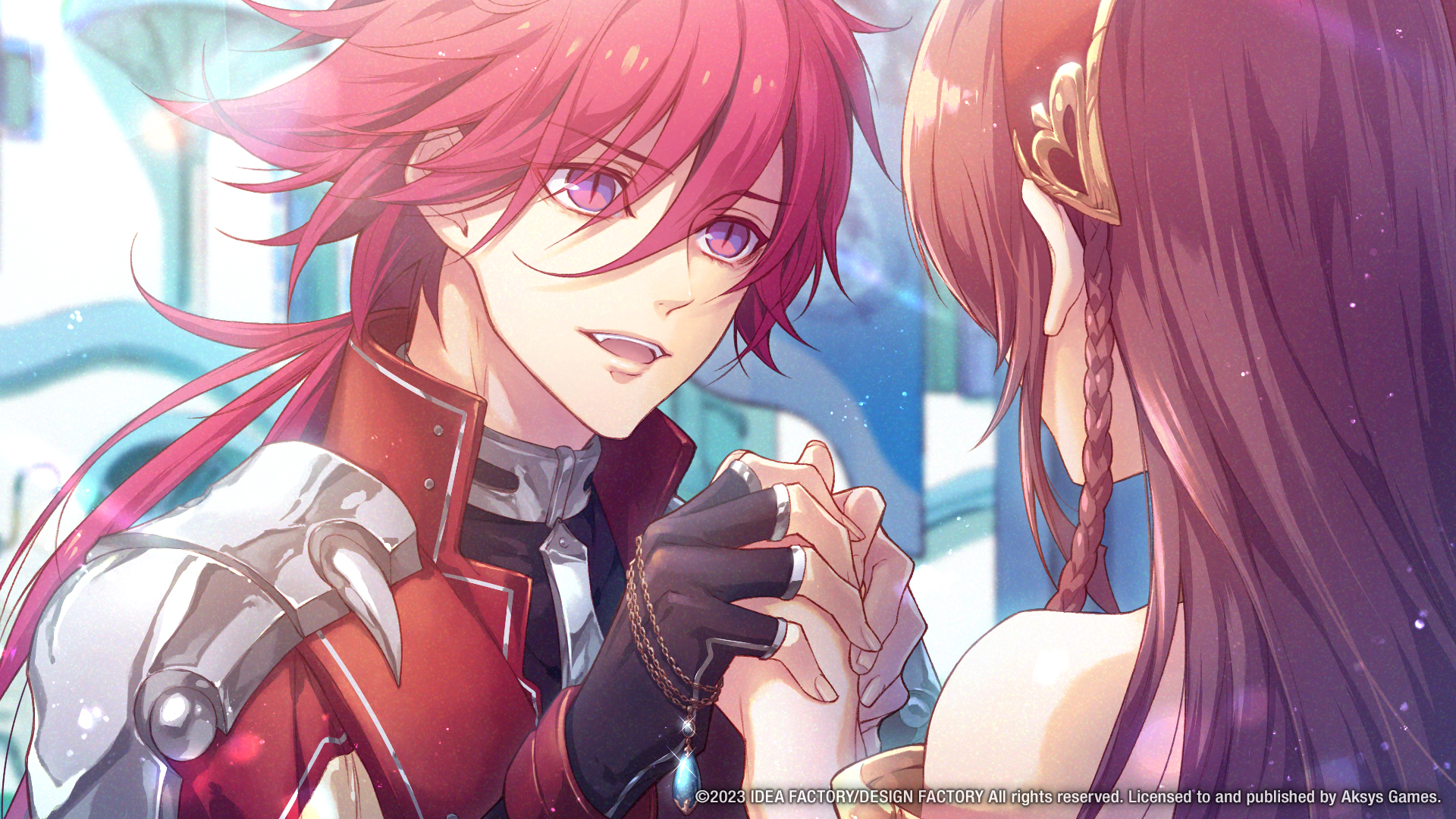
Other than addressing what’s in the game for me I also like to cover what we can expect from the game by looking at who is behind its creation. The names of its staff members are certainly going to ring a bell or two, and that in itself lends nicely to us theorising about what we can and can’t expect. Writers Arino Sachi of Collar x Malice and Code: Realize is a scenario writer for Radiant Tale, as well as Kojima Nao, the very same behind Hakuoki, Code: Realize, Variable Barricade and Café Enchanté – the latter being no surprise there but we’ll get to why that is shortly.
Producer Iwata Shinobu also has an extensive amount of positions within past otome titles such as being the producer for Lover Pretend and as writer for both Collar x Malice and Hakuoki. There’s a lot of crisscrossing here, and this also includes the talents on its visual/design team. Artist miko also makes a return in the side character designs who has been previously seen in Code: Realize as the character designer of its mains there. Then there’s the one and only Usuba Kagero of Variable Barricade notoriety who is responsible for the main character designs. Pretty visuals and pretty promising writing seem to be a guarantee here, but Radiant Tale is not without its problems even right out of the gate.
Thoughts on the common route
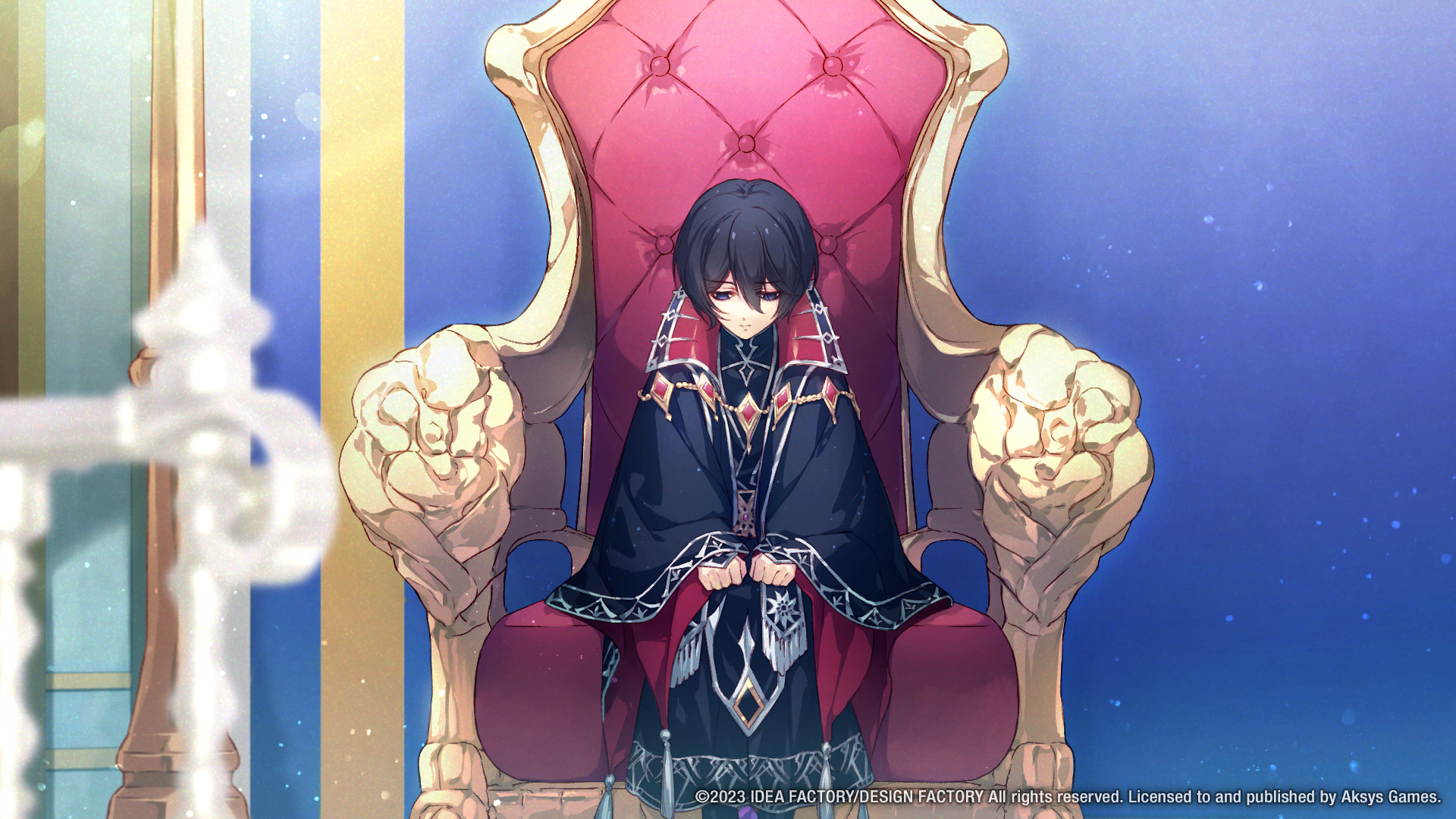
The common route structure of Café Enchanté makes a return but is much more refined this time around. I feel that this should not be a surprise considering Kojima Nao is a part of its writer team and lucky for us they’ve got the formula down perfectly here if you ask me. While Café Enchanté took hours upon hours of finally clearing its common route – 25 hours in length of a common route compared to the 15 in Radiant Tale – Radiant Tale is taking the appropriate amount of time in establishing its characters and building its world.
As a result the common route’s structure of five chapters overall remains intriguing enough that the repetitive narrative looping can be forgiven and overlooked. The beginning of the game is all well and good as we get a good grasp of who its main character, Tifalia is, before she becomes integrated into circus and its members. By the time Jillia recruits her they set off immediately thereafter in order to save their crown prince, Colivus.
The rather basic formula within the common route is as follows after this prologue ends; the group arrive at one of the mainline cities and learn of the issues surrounding said city. They investigate further to plan for the performance to be a success by finding a caveat to hold said performance in order to win over the locals. Then they move on, proceeding on their journey of restoring the blooming of the Chloris flower across the land.
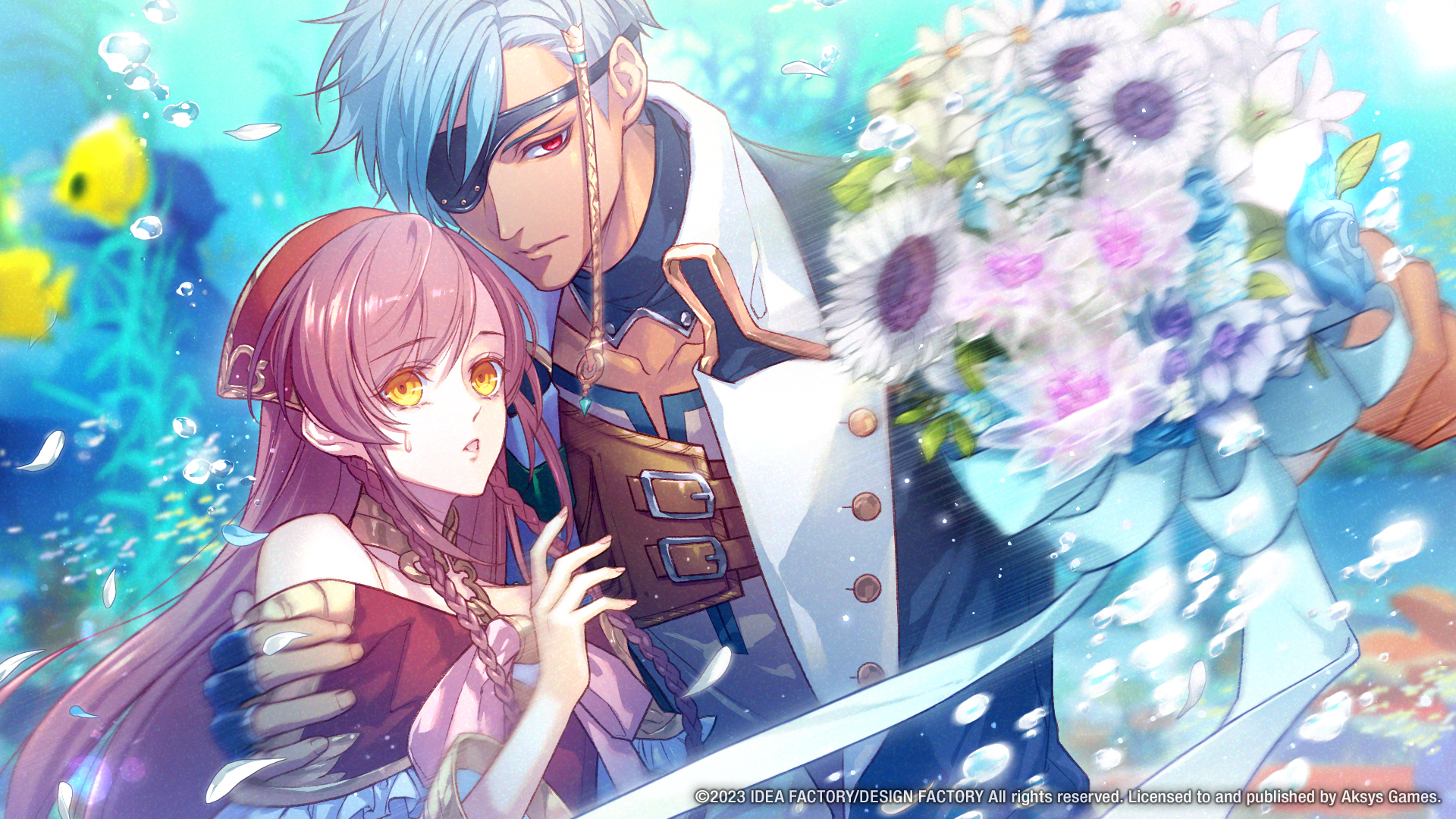
What hits is that each issue plaguing the cities aren’t at all that detached from our own reality. One city is overworking its people to the bone while another city’s people are taking its magical boundaries for granted. In each case the ugliness of the collective person is on full display despite all the visual grace and pizzazz of the game itself. This is the aforementioned dark underbelly of the game rearing its ugly head, where aspects such as abuse, experimentation, violence, slavery and poverty are established across certain cities. Radiant Tale has no bad endings but the elements it already presents is a lot darker than one may expect from it.
But that’s where many conveniences arise from. Aspects that even the characters themselves mention that should pose a hurdle or two to their plans of performing, such as cultural differences or the challenge of overcoming the authority figures of the cities are merely written off or squandered. Much of the thought put behind the preparations of the performances are, in fact, lacking and underwhelming as a result of such ham-fisted, so-called problem solving supposedly happening off-screen or because Tifalia is such a supposed idea bank. They just happen without much of the said preparations even being covered.
But while that’s a massive negative the game also does a brilliant job with establishing the homes of its main characters – again similarly to how Café Enchanté did but only in a more snappy manner this time. Radiant Tale presents the outward issues, be it societal, political or otherwise that is interpersonally connected to its love interest or heroine. Nothing exactly wraps up by the time a common route chapter wraps up either which allows for a solid foundation on what else has yet to come in the love interests’ routes.
What I’m loving and hating
Radiant Tale comes with a bit of experimentation with its progression system, which is always a nice surprise. There’s map movement involved here which leads to building up the affection meter as visualised via the status tab, making easy work of tracking which character you should be aiming for or are winning over. It’s pretty straightforward stuff when it’s literally laid out to you on the map and it’s just as simple when noting which option is the correct choice during the visual novel segments. A flower icon will flicker after a few clicks to advance the text which will indicate a correct choice that increases affection once more.
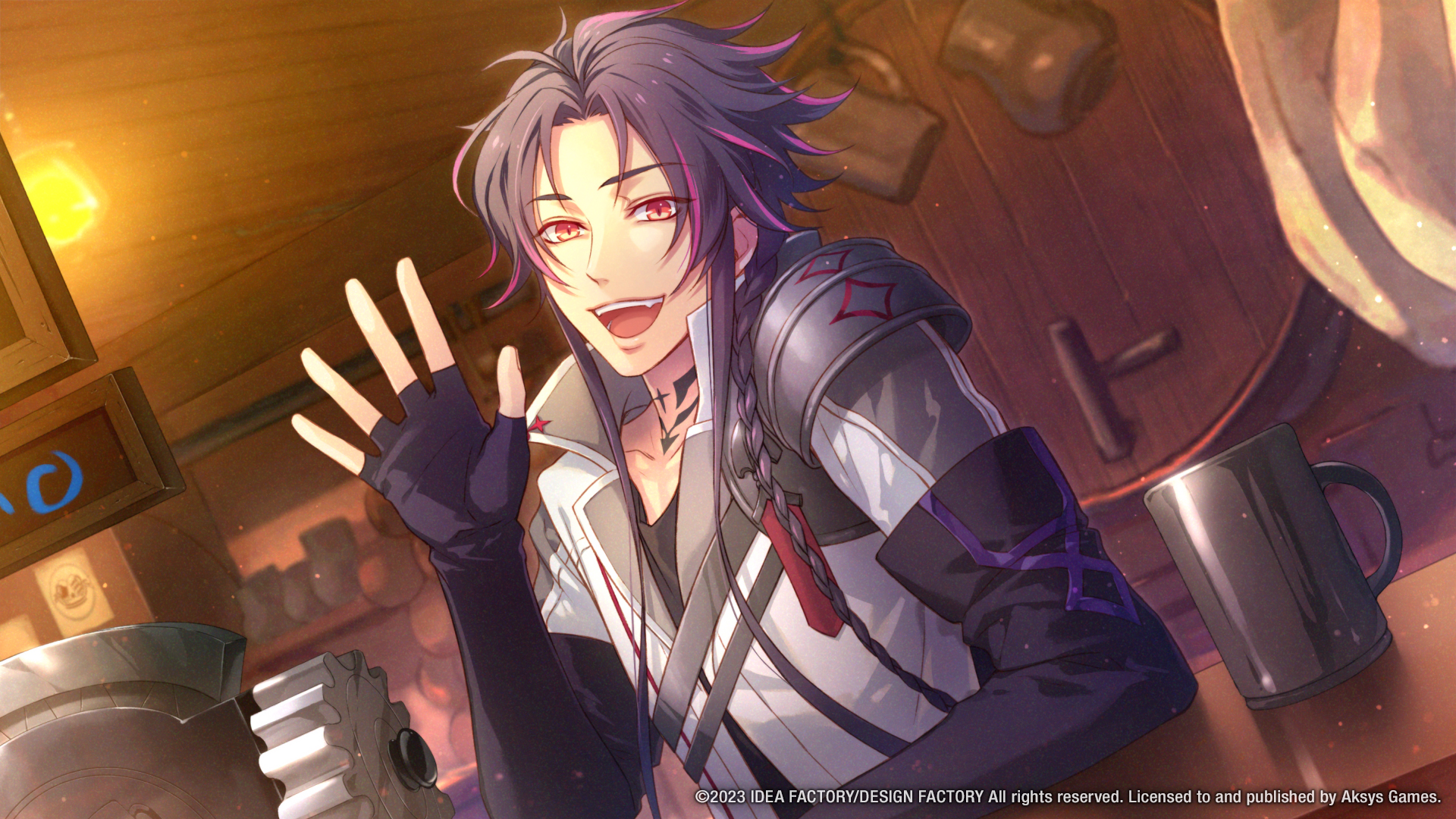
Likewise there are only compliments to be granted to its overall UI design. Everything is gorgeously illustrated and consistently designed, making the entire package concise, easy to navigate and pretty on the eyes. It’s all on point to reinforce the circus motif, all the way to the other main menu options and smaller displays. Speaking of wonderful visuals, Radiant Tale is yet another otome that brings us some of the hottest romantically unobtainable characters. Seriously, whose mad decision was it to make Liyan a side character? We were robbed. But everyone have been delightful inside and outside of the main cast. They’re all entertaining with some surprise performances coming from the most unexpected of places.
Most notably, the main character’s foster parent, Spirea, is a gem of a person and is who delivers the very first emotional blow in my experience with the game as early as its very first chapter. Tifalia is an orphan she seeks the guidance of Spirea when figuring out what to do about agreeing to journey with Circus. The end result is an emotionally charged comforting display of paternal support and encouragement when one of its first CGs appears. It certainly delivers on the feels which is an impressive feat for something so early on to hit so much.
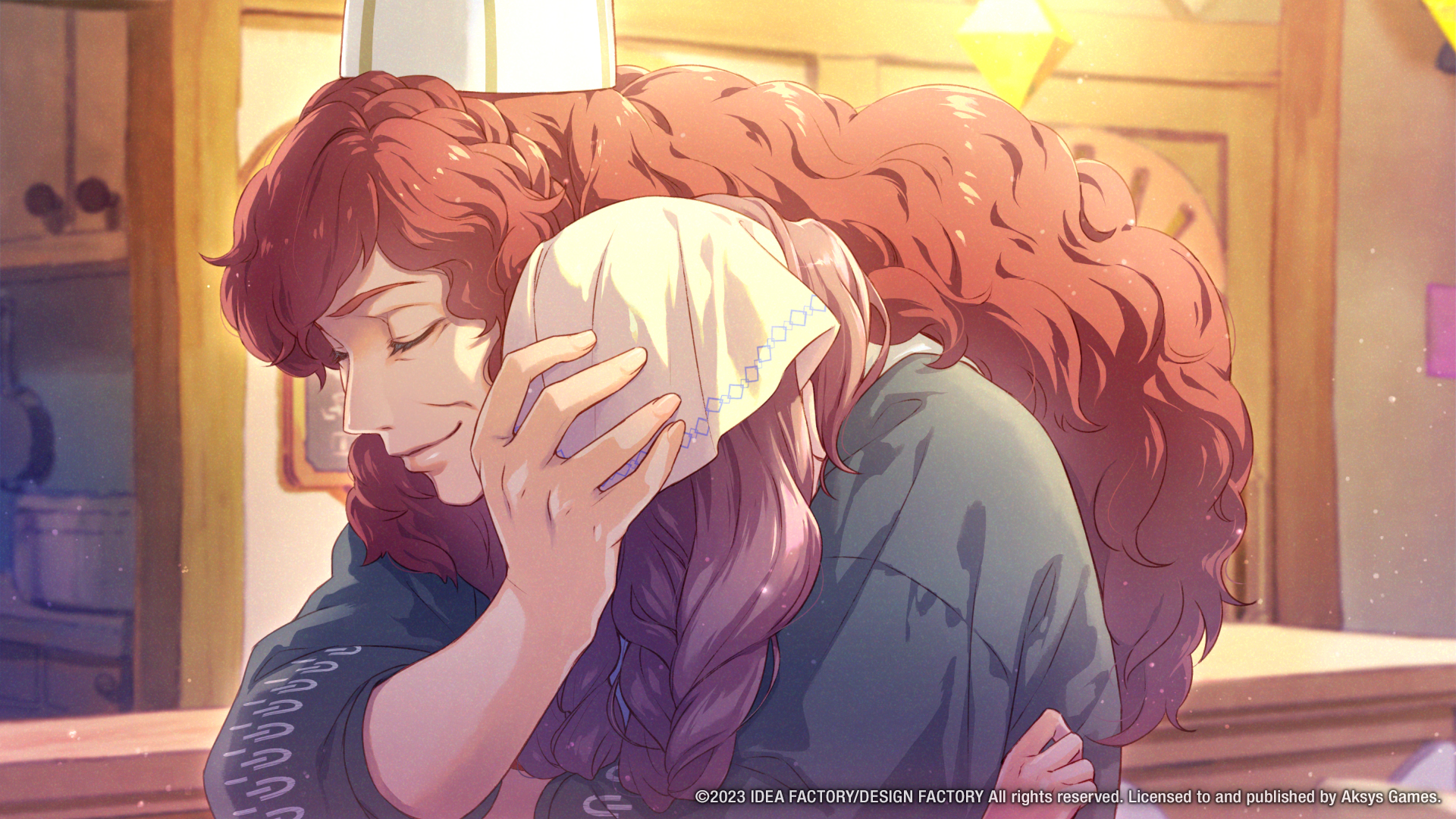
The rest of my experience with Radiant Tale will now be completing its five love interests’ routes. These include the quiet and stoic acrobatic martial artist, Ion, the emotionally closed off and sarcastic clown Zafora, the softly spoken and elegant conductor Paschalia, the main characters’ pre-existing friend (more like magical comfort creature) Radie and its fun poster boy, Vilio, whose temperament is not at all poster boy-esque (he’s literally if Luffy from One Piece ate a Devil Fruit that turns him into a dragon). As another underappreciated Labrador love interest I’m thrilled to see him as the game’s poster boy for once.
I’m cautiously excited for what else is yet to come with Radiant Tale, especially since my only real issue with the game is how the writing takes many easy outs for the sake of pushing the plot along. Hopefully it won’t be the same case for its character routes.
Radiant Tale is a Nintendo Switch exclusive.
- Sigh of the Abyss: Shadow Bonds – Prologue Review - October 7, 2023
- Is She The Wolf? is wickedly addicting TV - October 6, 2023
- The steady consumption of Slow Damage - October 5, 2023




